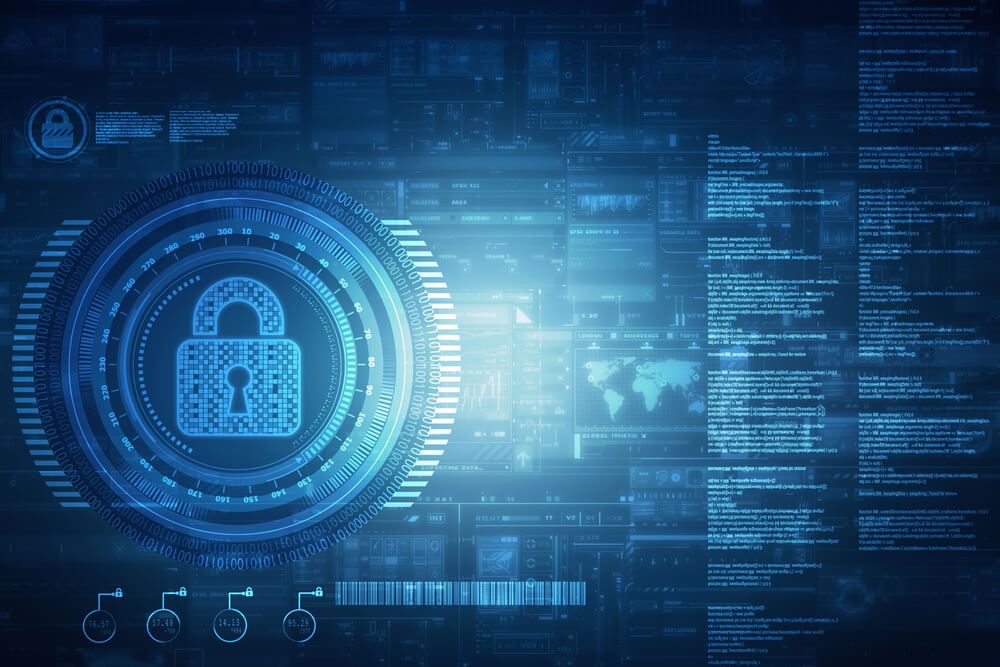The trend of digitalization in all sectors is accelerating more and more. Forecasts, such as those from the data consulting firm Statista, point to 50 billion connected devices in the next ten years, analyzing and generating information, which will lead to an even greater rise of the Internet of Things (IoT).
The biggest challenge facing society will be harnessing the generated data to serve business development, but these huge amounts of information are almost impossible to analyze with current computers. This is where the importance of quantum computing for the future of Industry 4.0 lies.
However, the imminent arrival of quantum computing is exposing what cryptography experts already know: cryptocurrencies are everywhere. Nearly everything that implements modern security practices is based on cryptography and Public Key Infrastructures (PKI) to generate digital trust.
The first step is to start inventorying certificates, algorithms, and other cryptographic assets, prioritizing them based on their level of importance. From there, you can determine what needs to be updated or replaced to ensure that your systems remain secure when quantum computing becomes a reality.
“The place to start changing encryption algorithms is with cryptography that produces signatures that must be trusted for a long time: think of things like trust roots and firmware for long-term devices. And yes, that means producing detailed inventories of software and devices and where their cryptocurrencies come from,” explains Dean Coclin, Senior Director of Business Development at DigiCert.
Why? Attackers are playing the long game, harvesting encrypted data as part of a strategy known as “harvest now, decrypt later.” When quantum computing becomes available, cybercriminals will decrypt it, and the only secure way to protect yourself against this strategy is to prioritize any encryption your organization will rely on in the long term.
**Becoming Crypto-Agile**
Taking inventory of cryptographic assets will pay off when quantum computing starts breaking algorithms, and although it is not known exactly when that will happen, it is known to be a matter of when, not if it will happen.
Once the inventory is complete, the next phase of the PQC transition will be to achieve crypto-agility, which involves visibility of assets, established methods for implementing encryption technologies, and the ability to respond quickly when security issues arise.
Transitioning to quantum-resistant cryptography is an important task. But by identifying and managing crypto assets, organizations can lay the groundwork for a secure and reliable digital future.

